- Enhanced Remote Patient Monitoring
Telehealth, in conjunction with vital signs monitoring, allows healthcare providers to remotely track and analyze patients' vital parameters, such as blood pressure, heart rate, temperature, and oxygen saturation. This real-time data empowers physicians to make informed decisions, detect early warning signs, and intervene promptly when necessary. In the context of remote communities in Australia, where access to healthcare facilities can be challenging due to vast distances and limited infrastructure, telehealth becomes a lifeline. Patients in remote areas can benefit from the convenience of staying in their homes while receiving continuous care, particularly beneficial for those with chronic conditions or post-operative recovery needs.
- Early Intervention and Preventive Care
Continuous vital signs monitoring through telehealth enables early intervention, which is crucial for preventing health complications. In remote communities, where healthcare facilities may be hours or even days away, the ability to detect health issues early can be a matter of life and death. Physicians can set predefined thresholds and alerts, ensuring that any deviations from normal vital signs trigger immediate attention. This proactive approach minimizes the risk of hospital readmissions and complications, ultimately reducing healthcare costs and improving patient well-being.
- Access to Specialized Care in Remote Areas
Remote communities in Australia often face a shortage of specialized healthcare providers. Telehealth bridges this gap by allowing patients in distant locations to access expertise that may not be locally available. For instance, a patient in a remote Outback community can consult with a specialist in a major city via telehealth, reducing the need for arduous travel and lengthy stays away from home. This not only improves healthcare access but also enhances the quality of care delivered to these communities.
- Patient Empowerment and Engagement
Vital signs monitoring empowers patients in remote areas to take an active role in their healthcare. Wearable devices and mobile apps allow individuals to track their vital signs regularly, promoting self-awareness and healthier lifestyles. Telehealth platforms provide patients with easy access to their vital signs data, fostering engagement and collaboration with their healthcare providers. In regions where healthcare resources are scarce, patient empowerment becomes even more critical as it can lead to better health outcomes and increased self-reliance.
- Reduced Healthcare Costs and Improved Health Equity
The integration of vital signs monitoring and telehealth has the potential to reduce healthcare costs significantly. Fewer in-person visits mean fewer overhead expenses for healthcare facilities and reduced travel costs for patients, which is particularly relevant for remote communities in Australia. Timely interventions based on vital signs data can also prevent costly hospitalizations and complications. This not only reduces the financial burden on patients but also contributes to improved health equity by ensuring that individuals in remote areas receive the same standard of care as those in urban centers.
- Challenges and Considerations
While the synergy between vital signs monitoring and telehealth holds immense promise for remote communities in Australia, it also presents challenges. These include concerns about data security and privacy, regulatory compliance, and the need for reliable technology infrastructure. In remote areas with limited access to high-speed internet, addressing these challenges becomes even more crucial to ensure that healthcare services are not compromised.
Conclusion
The convergence of telehealth and vital signs monitoring represents a transformative shift in healthcare delivery, particularly in remote communities in countries like Australia. This dynamic duo offers enhanced remote patient monitoring, early intervention, and improved access to care, even in the most distant locations. Patients are more engaged in their health, and healthcare costs are more sustainable. As technology continues to advance and healthcare systems adapt, the future of healthcare looks increasingly patient-centric, accessible, and data-driven, thanks to the powerful combination of telehealth and vital signs monitoring. In remote areas, this combination is not just a game-changer; it's a lifeline to better healthcare and improved quality of life.


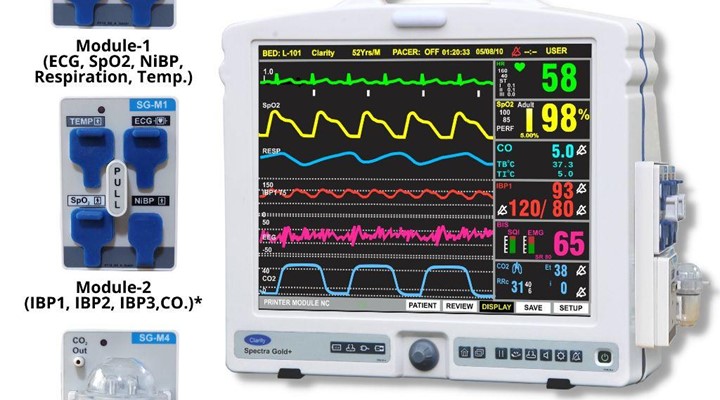
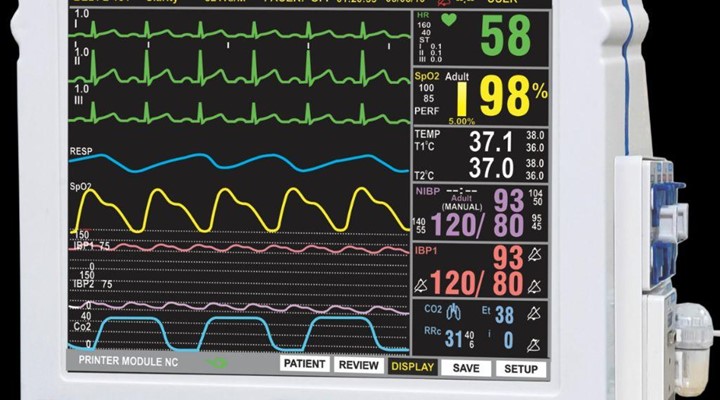
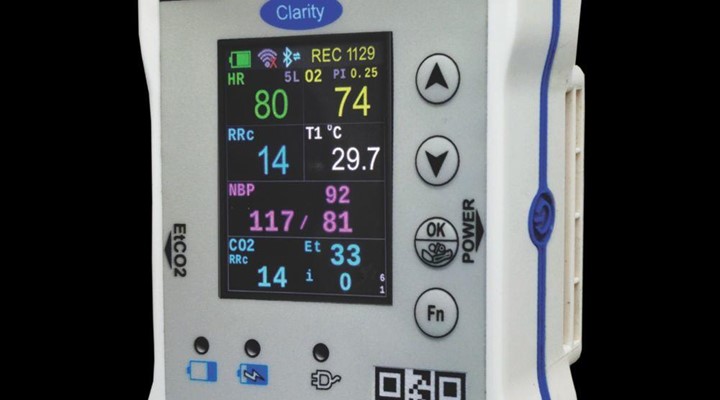





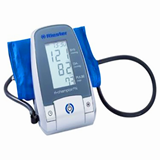

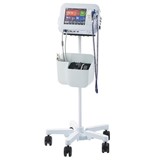

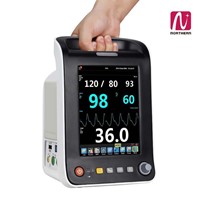
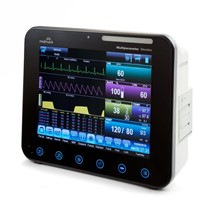
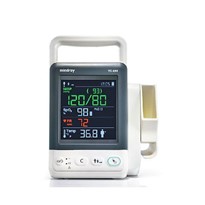
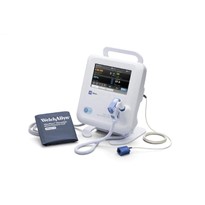

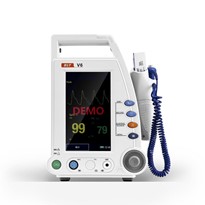
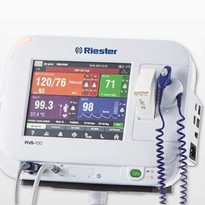

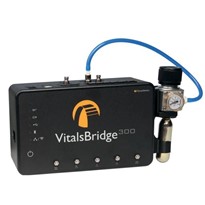
(560%C3%97450px)-205x205.jpg)

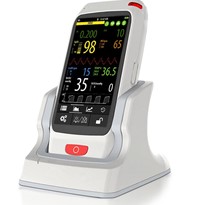
-205x205.jpg)



